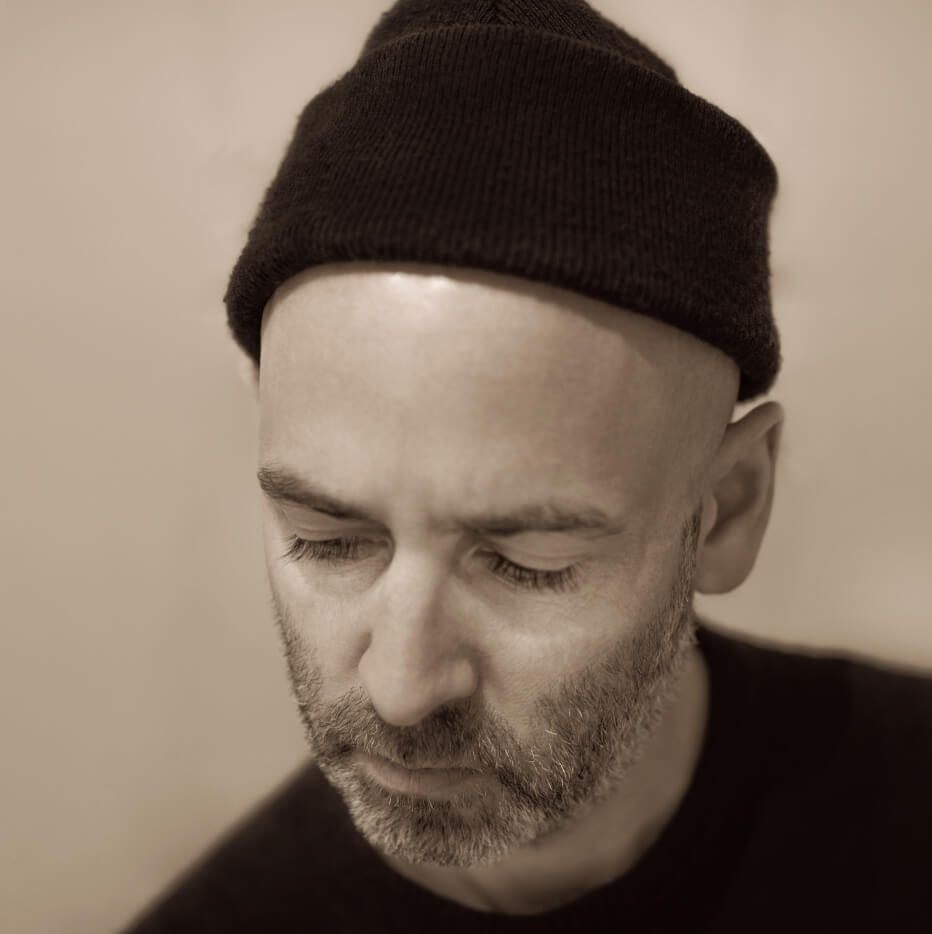The Organized Chaos
658 prepared dc-motors, cotton balls, cardboard boxes 70x70x70cm, 2017. Courtesy of Studio Zimoun.
Zimoun is a Swiss artist who is known for creating unique sound sculptures that take the visitor into a visual auditive experience, allowing them to explore sound from new angles. With his special talent Zimoun creates sound installations that carry an emotional depth, exploring the conflict between the orderly patterns of modernism and the chaotic forces of life.
Driven by his minimalist approach, Zimoun takes normal everyday objects such as cardboard boxes or plastic bags, and arranges them into a geometrical, organized pattern. Once these carefully organized objects are set in motion and mechanically activated, they start moving uncontrollably in chaotic order. He has been experimenting and exploring the concept of sound since he was a child where he was surrounded by music and art.

Tell us about your relationship with sound. And what inspired you to work with sound? How do you create the connection between the sound and the visual elements of your artwork?
I have been experimenting with visual and sonic activities since I was a child. Musical instruments, composition, photography experiments, materials, machines, and devices... most of what sounds is visible, and the visible usually has a sound. These things are usually related or even conditional to each other. In my work I deal with activation of material and sounds created by it. Thereby the sound as well as the visual aspect has an equal significance. We hear what we see, and we see what we hear.
What feelings do you wish for people to feel when they experience your art?
I keep my works reduced and raw. That way they might function more like a code behind things, rather than just creating one connection to one thing. In this way, the works can ideally activate the visitors somehow and allow them to make their own connections, associations, and discoveries on different, individual levels. I hope they might open fields for observing and invite to reflect and wonder, to think and question about our surroundings and ourselves.
Your art can be described as simple yet complex, what attracted you to this minimalistic style of art?
I work on systems that are as simple as possible, often even primitive, but which allow me to study complexity. Simple systems which, despite their underlying simplicity, develop complex behavior. In addition to the simultaneously existing contrast of simplicity and complexity, it seems to me more tangible to investigate complexity by means of simple systems instead of exploring complexity by means of complex systems.
And how controlled are the mechanical elements in your work?
The systems usually get out of control within a controlled framework. Again, it is the simultaneous existence of opposites that I find interesting. We already spoke of the simultaneity of simplicity and complexity. Also order and chaos, mass and individuality, or precision and imperfection are other such polarities.
What is the inspiration behind the “317 prepared dc-motors, paper bags, shipping container” installation and why did you choose that only one person can experience it at a time?
This installation was commissioned by Sennheiser as part of Art Basel. Among other things, Sennheiser is engaged in the production and development of headphones. The installation works in a sense like a headphone, which allows a single person to immerse themselves in sounds and noises undisturbed by the outside world
What inspired you to work with raw materials to create sound that some describe as mimicking nature?
I am not trying to imitate nature. Nature already exists with its infinite beauty and complexity. I see no reason to imitate it, rather the need to care for it and to protect it in its diversity. But since my work also deals with complexities, it may sometimes remind us of phenomena that we know from nature. The raw materials, in turn, interest me again from the perspective of simplicity and the reductive approach I follow.
What are some of your future and current projects you would like to share?
This year there are exhibitions taking place in various countries, such as Australia, The Netherlands, Spain, United States, Austria, Bulgaria, and Switzerland.
Many videos of Zimoun's work can be found on his official website at zimoun.net as well as on Instagram.
All photos and videos courtesy of Studio Zimoun©.


